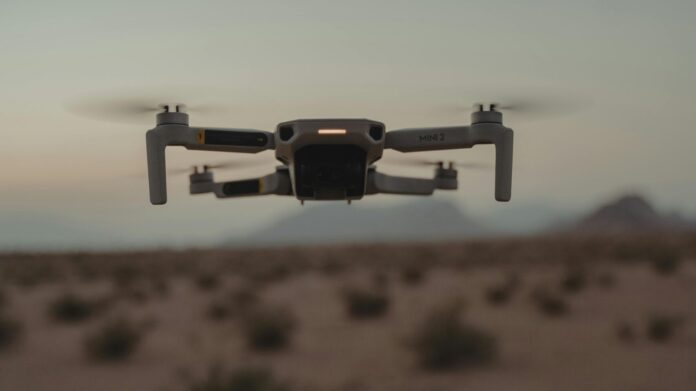Artificial intelligence (AI) and automation are rapidly transforming the global travel sector, and Sri Lanka’s tourism industry stands at a pivotal point where embracing these technologies could deliver a competitive advantage. Known for its rich cultural heritage, biodiversity, and diverse landscapes, Sri Lanka can leverage AI-driven tools not just to attract more visitors, but to provide deeply personalized, high-quality experiences, particularly through the development of specialized tour guides powered by technology.
In the trip-planning phase, AI-powered platforms can analyze traveler profiles, ranging from adventure seekers to cultural enthusiasts and eco-conscious visitors, to recommend tailored itineraries across Sri Lanka’s varied attractions. For instance, a wildlife enthusiast might receive a curated schedule that includes a dawn safari in Yala National Park, a visit to the turtle hatcheries of Kosgoda, and a photography tour in Sinharaja Forest Reserve. Meanwhile, a history-focused traveler could be guided toward exploring Anuradhapura’s ancient stupas, Galle Fort’s colonial architecture, and Kandy’s Temple of the Tooth, with expert commentary delivered in their preferred language.
Once travelers arrive, automation can enhance both convenience and immersion. Digital identity systems can speed up airport entry, while AI-powered translation tools make it easier for visitors to communicate with locals. Smart tour guide apps, integrated with GPS and real-time data, could act as specialized companions, narrating historical facts, suggesting off-the-beaten-path sites, or providing cultural etiquette tips based on the traveler’s profile. For example, a gastronomy-themed AI guide could direct visitors to authentic street food markets in Pettah one day, and a high-end seafood restaurant in Negombo the next, while explaining the cultural significance of each dish.
Specialized AI tour guides could also enable hyper-local experiences that human guides may not always be available to deliver on short notice. By incorporating machine learning, these systems would adapt over time, refining their recommendations based on traveler feedback and seasonal variations. Sri Lanka’s boutique hotels, eco-lodges, and heritage bungalows could integrate these systems to enhance guest experience while freeing human guides to focus on premium, high-value tours requiring personal interaction.
From a business perspective, the adoption of AI and automation could allow Sri Lankan tourism operators to optimize resource allocation, predict visitor flows to manage overcrowding at sensitive sites like Sigiriya or Adam’s Peak, and develop sustainable tourism models that balance visitor satisfaction with environmental preservation. Predictive analytics could also help the industry prepare for fluctuations in demand due to global events, climate shifts, or airline capacity changes.
However, the integration of AI into Sri Lanka’s tourism ecosystem is not without challenges. Concerns over data privacy, the digital readiness of local operators, and the potential sidelining of traditional human guides must be addressed. Rather than replacing human expertise, AI should be positioned as a tool that complements it, enabling tour guides to access richer datasets, deliver more accurate historical narratives, and cater to the unique preferences of every traveler.
If embraced strategically, AI and automation could position Sri Lanka as a pioneer in high-tech cultural tourism in South Asia. The future visitor might land at Bandaranaike International Airport, bypass queues via biometric verification, receive a personalized welcome from their AI travel assistant, and begin a journey that seamlessly blends cutting-edge technology with Sri Lanka’s timeless natural beauty and cultural depth. In this vision, technology becomes not just a convenience, but a bridge, connecting travelers more meaningfully to the heart of the island.




